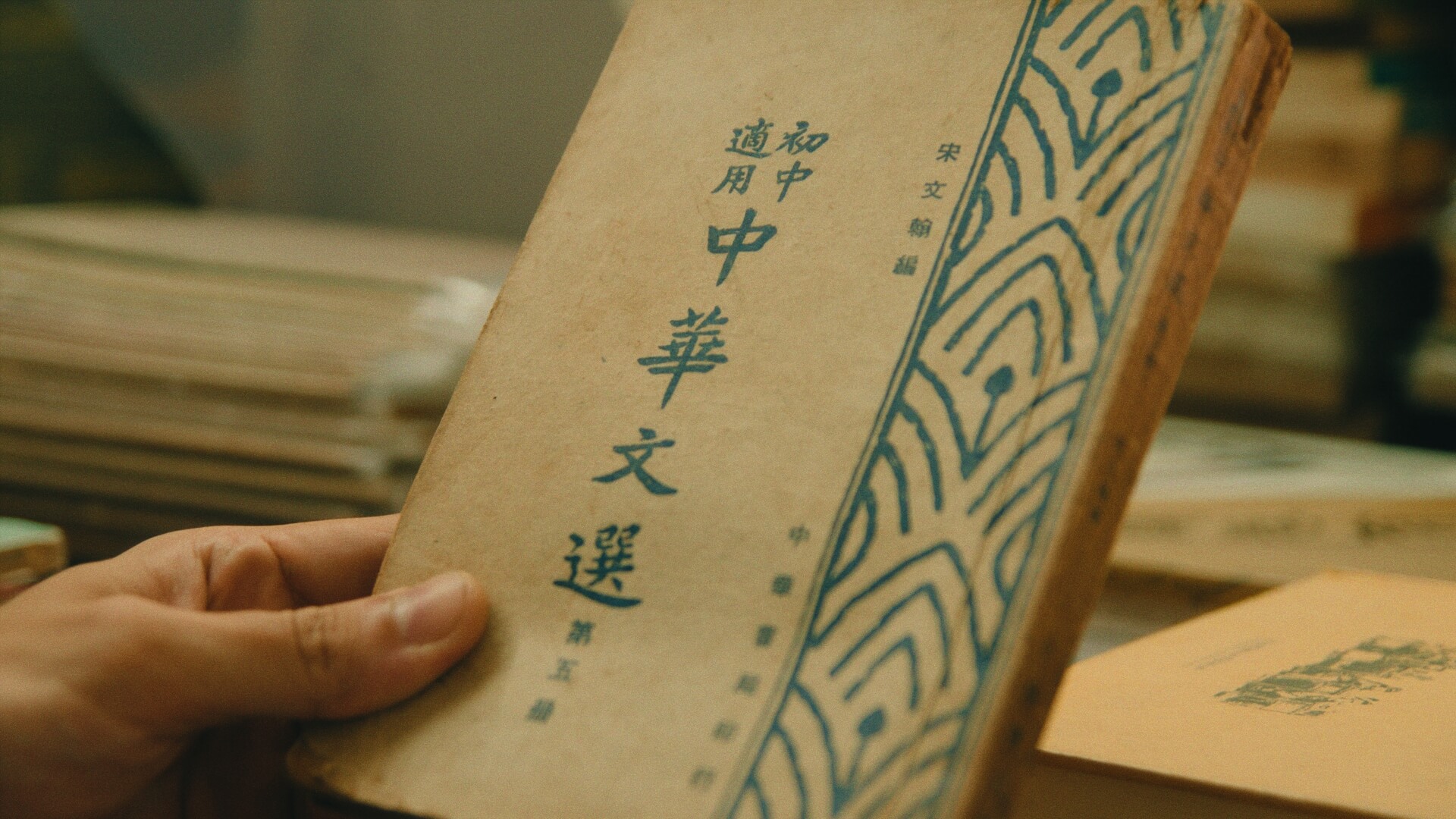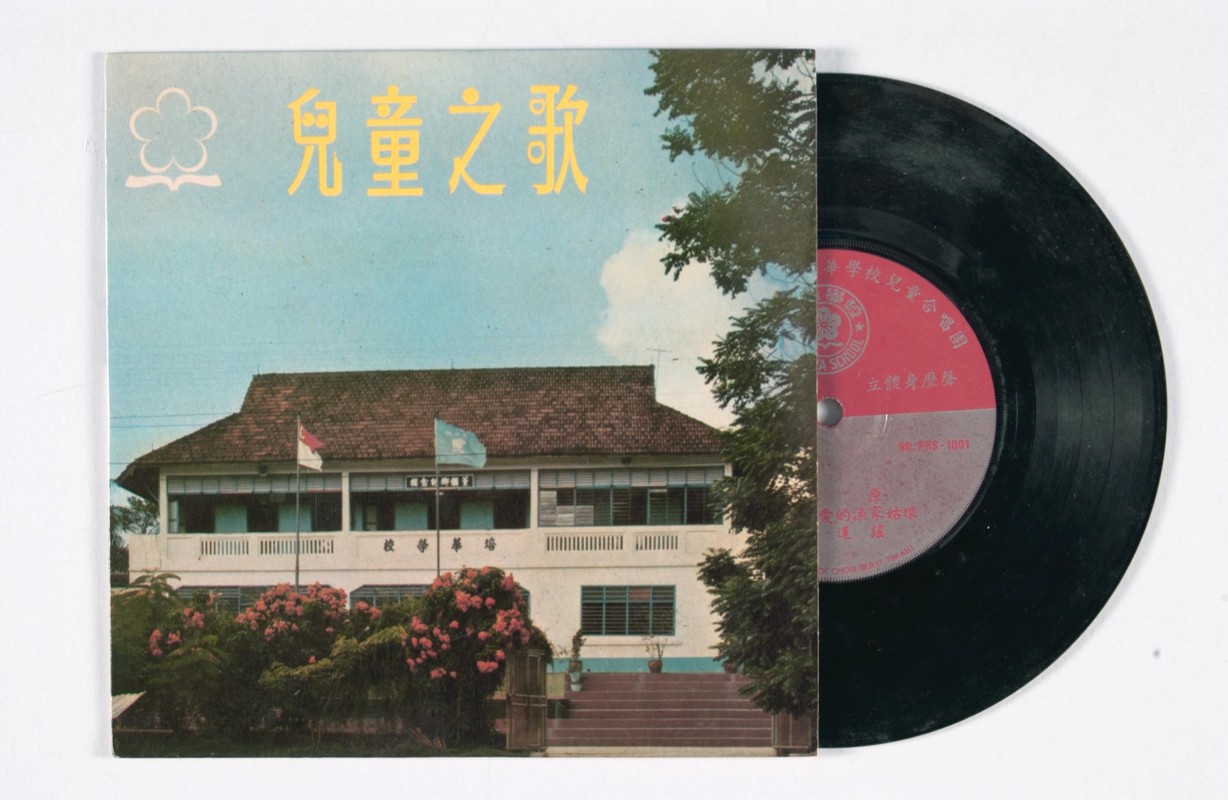The Cantonese dialect in Singapore
Guangdong hua (Cantonese) is the term commonly used by overseas Chinese for the dialect also known as yueyu or baihua. According to surveys conducted by linguists, Cantonese is mainly spoken in the Pearl River Delta region of Guangdong, which includes areas such as Guangzhou, Hong Kong and Macau. Overseas, one can find it spoken in parts of Southeast Asia and North America.
Cantonese is the third most commonly-spoken dialect among the Chinese community in Singapore. As early as 1881, Cantonese-speaking people accounted for 17.1% of the total Chinese population. In 1931, this figure stood at 22.5%, and in 1980, at 16.5%. Cantonese people were not the only ones who spoke Cantonese. Many from other dialect groups, and even Malay and Indian compatriots, could also often understand and speak Cantonese. Thus, the percentage of the population who could speak Cantonese was in reality far higher than the figures mentioned above. The linguistic status of Cantonese has been elevated, not just because Cantonese is one of the dialects used in everyday life, but also because it is one of the official languages of Hong Kong and Macau. In addition, Cantonese popular culture has a wide influence. For instance, Cantonese films, dramas, and pop songs have spread across Southeast Asia. It is therefore natural and inevitable that the Cantonese dialect would have a large influence among the masses and in business circles.


The characteristics of the local Cantonese dialect in Singapore are as follows:
Phonology
- Some characters in Mandarin with a syllable beginning with the [u/u-] sound are pronounced with the bilabial sound [m] in Cantonese. For example, “微” (wei in Mandarin) is pronounced [mei] and “文” (wen) is pronounced [mɐn], while “亡” (wang) is pronounced [mɔŋ]. In phonology, this pronunciation phenomenon is known as a non-differentiation of “微” [ɱ] and “明” [m] in the initial of a Chinese syllable during ancient times.
- For characters read in Mandarin with a dorsal initial consonant, that is, “j”, “q”, and “x”, a portion of them are read in Cantonese as velar consonants, that is, pronounced as “g”, “k”, and “h”. For example, “叫” (jiao in Mandarin) is read [kiu], “舅” (jiu) is read [khɐu], “晓” (xiao) is read [hiu]. This phonological phenomenon is known as “dorsal consonants that are not palatalised”, resulting in different pronunciations between Cantonese and Standard Mandarin today.
- Cantonese retains the nasal sound of the tail vowel [-m -n -ŋ], and the entering tone (a short and sharp tone with a quick finish) of the tail vowel [-p -t -k].
- The tones are complicated. There are nine in total.
Vocabulary
- Cantonese has a large number of frequently-used words which were coined in the Cantonese dialect. For example, 嘢 (things), 餸 (cooked dishes), 喊 (cry), 揾 (to look for), 啱 (correct, suitable), 乌龙 (muddled, mistaken), 孤寒 (stingy), and so on.
- There are a higher number of words used in the form of classical Chinese. For example, 畀 (to give), 睇 (to see), 饮 (to drink), 悭 (frugal), 翼 (wings), 禾 (paddy), 衫 (clothing), and so on.
- There are Cantonese words with origins in English. For example, 泵 (pump), 波 (ball), 曲奇 (cookie), 唛 (mark, referring to trademark), and so on.
- Some Cantonese words and expressions have also been absorbed into the local Mandarin vernacular, and have become commonly used words and expressions. For example, 鱼生 (yusheng), 塑胶 (su jiao, plastic), 锁头 (suo tou, lock), 摆乌龙 (bai wu long, to get something wrong or muddled), and so on.
Grammar
- Cantonese has unique word-forming elements placed at the end of words. Often seen is “仔” (zai), used to denote “young” or as a diminutive. For example, 猫仔 (little cat), 雀仔 (little bird), 肥仔 (little fatty), 矮仔 (little shorty), 乡下仔 (country bumpkin). “佬” (lo) is also often used, to denote “man”. For example, 肥佬 (fat man), 寡佬 (lonely or widowed man), 泥水佬 (plasterer), 贼佬 (thief). “婆” (po) is also used, to denote “woman”. For example, 肥婆 (fat woman), 事头婆 (lady boss).
- The characters denoting negation are also special. Commonly used negative characters include 唔 (the equivalent of “不”, meaning “not”), 冇 (the equivalent of “没, 没有”, meaning “don’t have”), 未 (the equivalent of “还没有” or “不曾”, meaning “not yet” or “have never”).
- In Cantonese, adverbial prepositions, that is, some modifying and limiting words, are usually placed after the verb, more akin to English grammar and sentence construction. For example, “你行先” in Cantonese, meaning “you go first”, as compared to Standard Mandarin where “你先走” (literally “you first go”) would be a more grammatically correct expression. Another example is “食多一碗饭添” in Cantonese, meaning “eat another bowl of rice”, whereas in Mandarin it would be “再多吃一碗饭” (literally “again more eat a bowl of rice”).
- Cantonese has a unique way of forming a comparative sentence that is more akin to English grammar, for example “猫大过老鼠” (meaning, “a cat is bigger than a mouse”) or “火车快过巴士” (meaning, “a train is faster than a bus”), rather than the Mandarin equivalents of “猫比老鼠大” (literally, “cat compared to mouse big”) and “火车比公共汽车快” (literally, “train compared to bus fast”).
Cantonese is also distinctive for its unique Chinese characters, which are unmatched by other dialects. For example, 哋 (pronounced [tei], is a plural personal suffix, the equivalent of the character “们” or “us”), 嘅 (pronounced [ke], indicating possession, is equivalent to the Chinese character “的”), 冚 (pronounced [kam/ham], meaning “all”), 冇 (pronounced [mou], the equivalent of the Chinese “无” or “没有”, meaning “none”), 睇 (pronounced [tai], meaning “看” or “look”), 瞓 (pronounced [fan], meaning “睡” or “sleep”), 攞 (pronounced [lo], meaning “拿取” or “take”), 揸 (pronounced [tsa], meaning “手持” or “hold”), 曱甴 (pronounced [ka tsa], meaning “蟑螂” or “cockroach”) and so on.
There has been a lot of research on Cantonese pronunciation, vocabulary, grammar and related Cantonese culture. This is partly due to the presence of many cities in the Pearl River Delta, such as Guangzhou, Hong Kong and Macau, which have many universities and research institutions with strong research capabilities. Sun Yat-Sen University, Jinan University, the University of Hong Kong, the Chinese University of Hong Kong, and the University of Macau all have researchers researching Cantonese, and regularly hold international academic conferences on Cantonese. Additionally, there is a wide distribution of Cantonese speakers overseas. There are Cantonese-speaking communities in Southeast Asia, North America, Western Europe, as well as other regions. Therefore, Cantonese is particularly valued by researchers. Although there are not many scholars studying Cantonese in Singapore, it is still valued by people, especially in local community groups, where it shows few signs of dying out. Many local Cantonese associations often conduct Cantonese conversation classes, singing competitions and other activities, which help to keep the Cantonese dialect alive.
This is an edited and translated version of 新加坡的广东话. Click here to read original piece.
Chen, Xiaojin. Malaixiya de sange hanyu fangyan [Three Chinese dialects in Malaysia]. Beijing: China Social Sciences Press, 2003. | |
Kuo, Eddie and Luo, Futeng. Duoyuan he tongyi: Xinjiapo de yuyan yu shehui [Unity in diversity: language and society in Singapore]. Singapore: Global Publishing, 2022. | |
Tang, Zhixiang. “Cong Xinjiapo huayu kan duoyuan yujing xia ciyu de jiechu, xishou he ziru” [Lexical interaction, borrowing and derivation under the multilingual context of Singapore Mandarin]. Journal of Malaysian Chinese Studies, Vol. 15 (2012): 35–49. |










